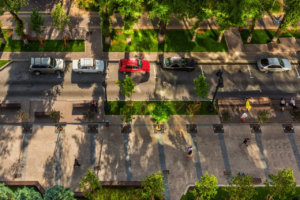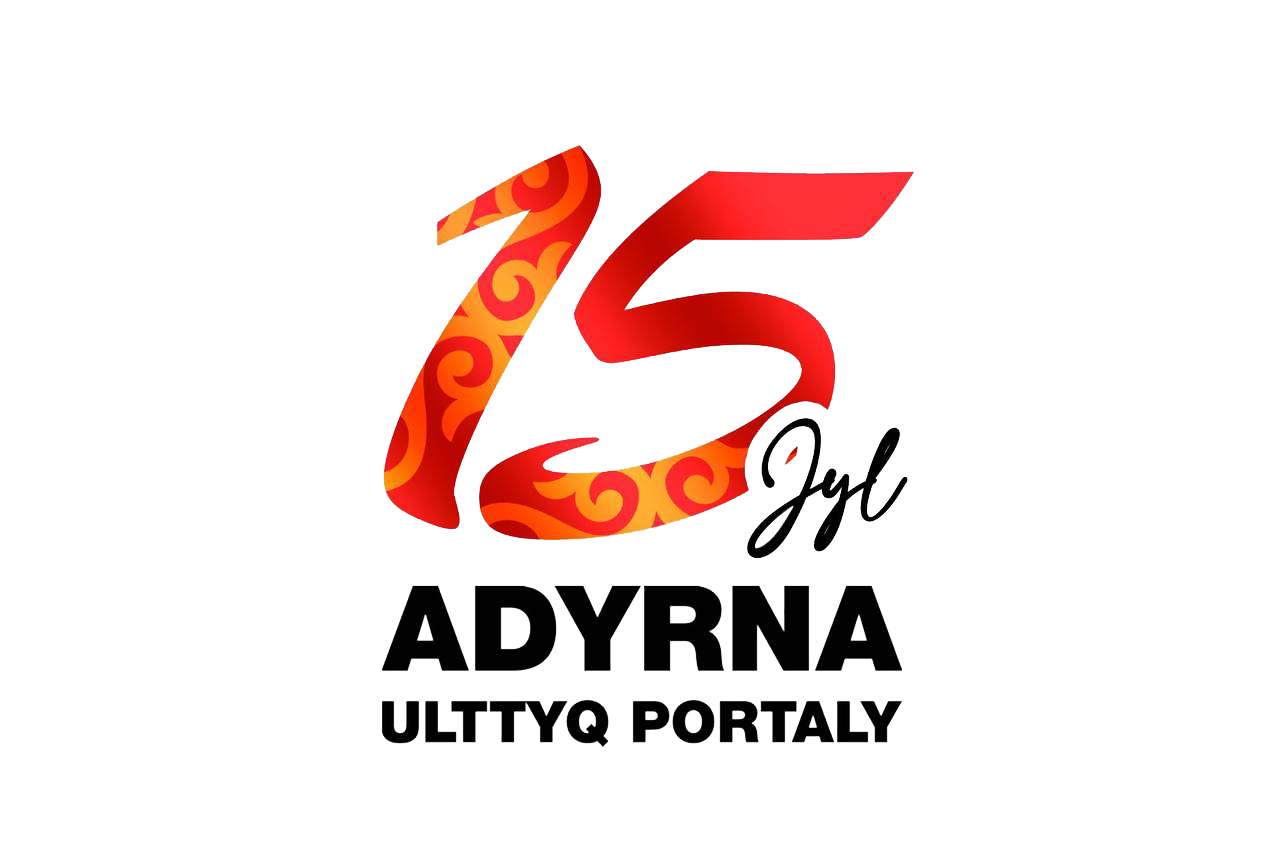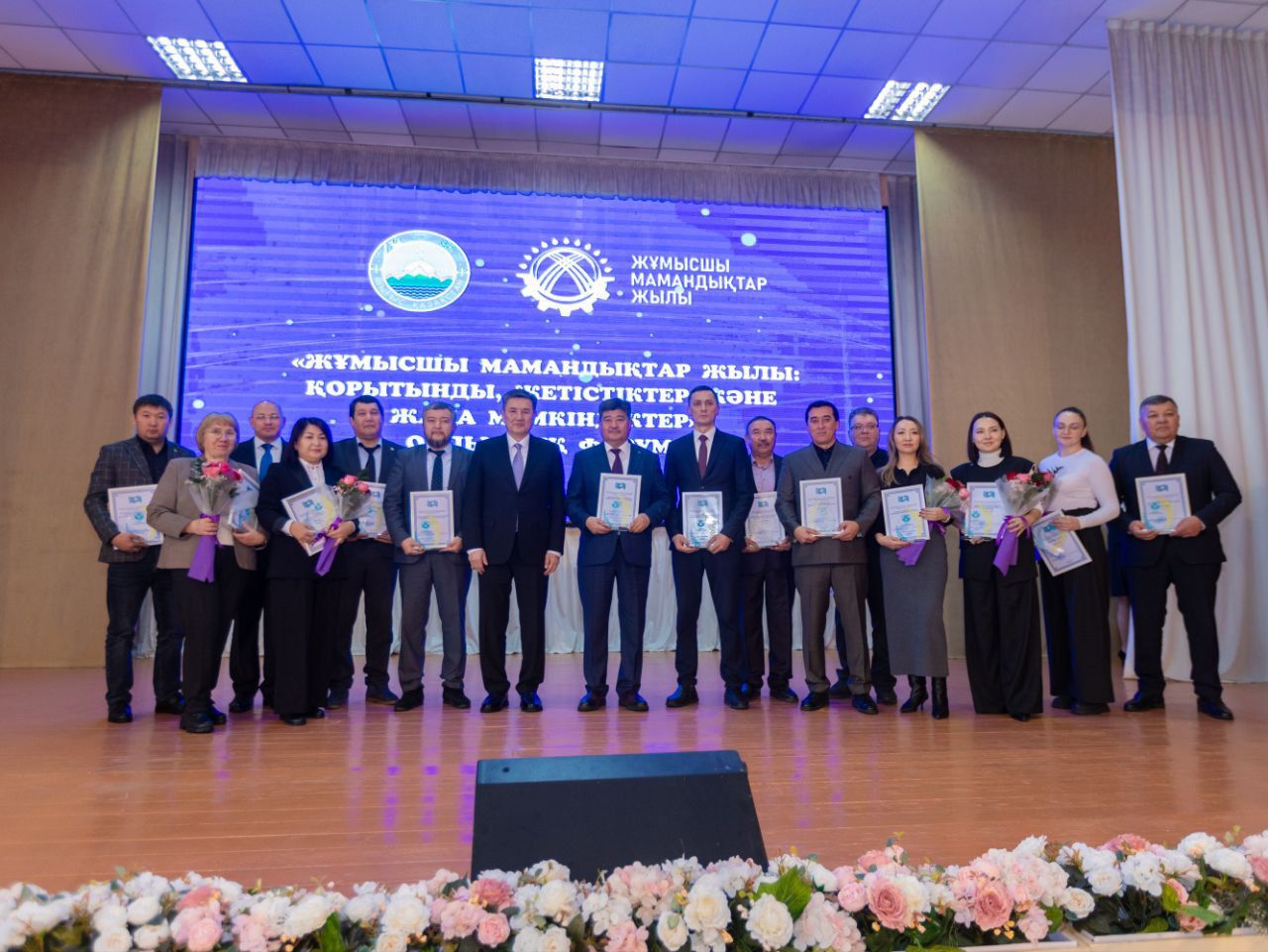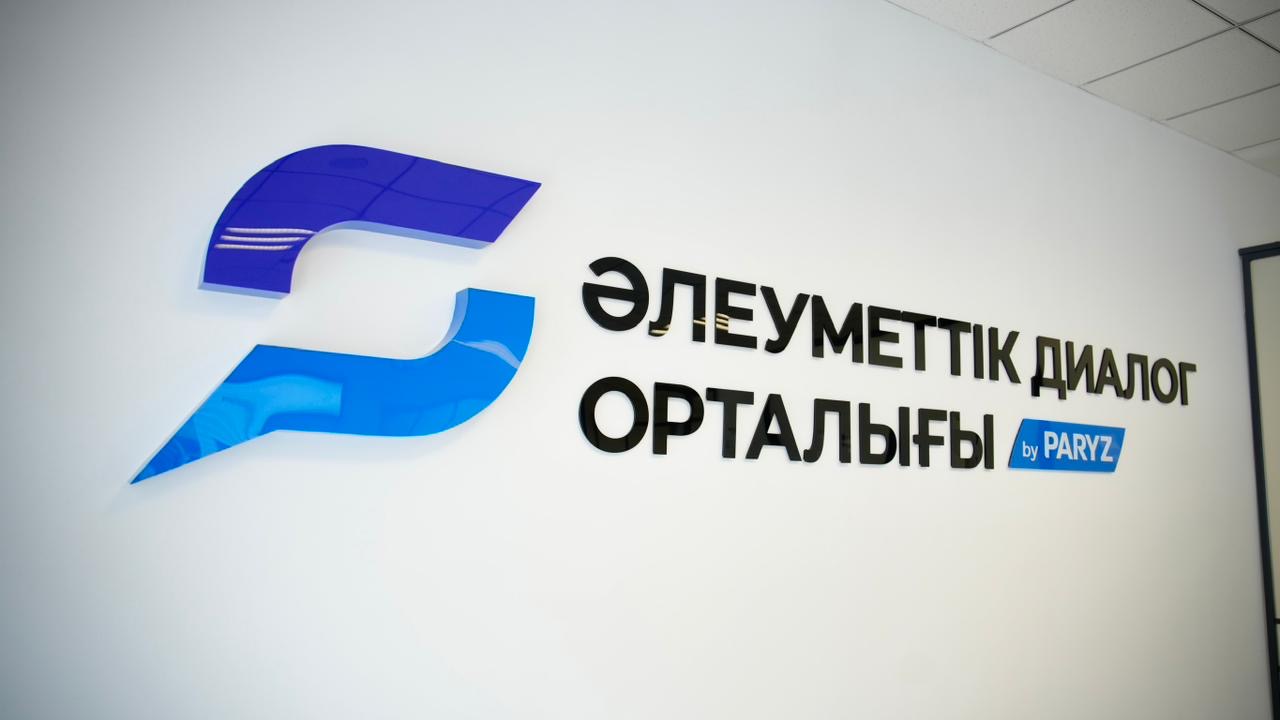In November, direct flights were launched from Kaliningrad to Kazakhstan. Nordwind company will provide flights to Nur-Sultan (Astana) and Almaty.
The correspondent of "Klops" was among the first passengers to the former capital.
1.Fences were removed
After the collapse of the USSR, the city was renamed Almaty, but in Russia, where many immigrants from the former Soviet republic live, they used to call the city the old-fashioned way. More than 20 years ago, Almaty ceased to be the capital of Kazakhstan. Two million people liveshere. A few years ago, the metropolis experienced the global changes. The former mayor BauyrzhanBaibek – now he is the Deputy Chairman of the leading political party of the country, were not afraid to initiate them. Ian Gale, a world-renowned expert on the urban environment, advised the authorities. Today Almaty is a city with no fences. A few years ago, the approach to landscaping was changed there, and now all the streets are open. To prevent pedestrians from running out under cars, the authorities are trying to equip "zebras" in crowded places. On the sidewalks you will not meet road signs or poles: the way is clear.
2.Minibuses were relinquished and dedicated lanes for public transport were added
In Almaty, the reform of public transport was carried out. It wasn’t limited by the purchase of new buses: minibuses were completely removed from the city, 80% of buses were switched to gas-powered fuel, and some roads were simply closed for cars. Public transport spends less time in traffic jams. The authorities decided that buses and trolleybuses should be exclusively municipal. They run on schedule and are not packed to the eyeballs. «Bendy» buses were launched to the busiest destinations. The ticket costs about 12 rubles.
There are cameras at every intersection so that drivers do not cross the dedicated for public transport lanes.
There are schemes at the bus stops: for convenience, only the nearest routes are indicated. The pavilions are very similar to the Kaliningrad ones, but unlike ours they are clean, without ads on them, and merchants don't get attached next to them. All this is closely monitored by local law enforcement agencies.
Timiryazev Street – one of the central ones - was given over to public transport, reducing the carriageway from six lanes to two, and in the center of the road they made dedicated lane for buses and trolleybuses. Landing platforms and scoreboards were also placed there.
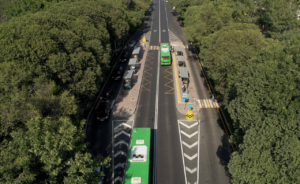
3. Separated bike lanes
Bike lanes have been arranged along the central streets of Almaty. They are two-sided and separated from the sidewalk. Here it is hardly possible to encounter those who are going towards you. Some lanes were allowed on the roadway. There are noise lanes in front of intersections. Bicycles can be rented at the municipal service all year round.
4. Paid parking
A paid parking system have been introduced in the center, the cost is low: only 100 tenge (17 rubles) per hour. You can pay through an ATM or an application on your phone, otherwise - a fine of about 800 rubles. A special car, the parkon, monitors the discipline. There are a lot of people who want to leave their cars in the center, and because of the low cost of parking, drivers do not have the habit of sticking numbers.
5. Very low curbs
During the reconstruction of streets, curbs are made flush with the sidewalk, which cannot beachieved in Kaliningrad. According to Russian standards, the height of the curb should not exceed 1.5 cm.
6. Various "zebras"
At intersections there are two types of pedestrian crossings: marked with white-yellow stripes or dotted lines similar to the Kaliningrad ones. The first one is used in particularly dangerous areas and where there are no traffic lights.
"Such a variety allows to keep drivers in good shape: motorists pay closer attention to the zebra, if it is not the same everywhere, the picture does not get boring. In Moscow, by the way, they also apply markings in different ways," comments Kaliningrad auto expert Alexey Nesterov.
7. Decided on electric buses and did not kill trolleybuses
In Almaty, electric buses have been launched in some directions since 2019, but they have not removed a neighbor: trolleybuses still run. Moreover, the entire rolling stock was updated by buying Chinese "horned" Neoplan. By the way, electric buses were assembled in Kazakhstan, but it has not yet reached mass production. In Kaliningrad, they do not buy such transport, and trolleybuses are slowly dying: the number of routes is being reduced, there are no plans to update transport.
8. Visual cleanliness
There are bans on stopping and parking outside parking lots in the center. Sometimes road signs are not put up, but only yellow markings are used. This allows to visually clear the city and open picturesque views of the surrounding mountains. In Kaliningrad, three years ago, the reduction of the the "visual garbage" by using smaller signswas introduced, but things did not move further than the experiment.
9. The air conditioners were hidden
On one of the central pedestrian streets, the external air conditioning units on the facades of buildings were hidden in boxes. Moreover, it was nicely done - a national ornament for decorationwas used.
10. Transport card - as a gift to every tourist
A tourist in Almaty can count on a set from the «Visit Almaty» center. The visitor will receive a transport card (an analogue of the "Baltic Waves"), a SIM card, a paper map of the city, a scheme of ten walking tours and information about what to do in the next 72 hours.
